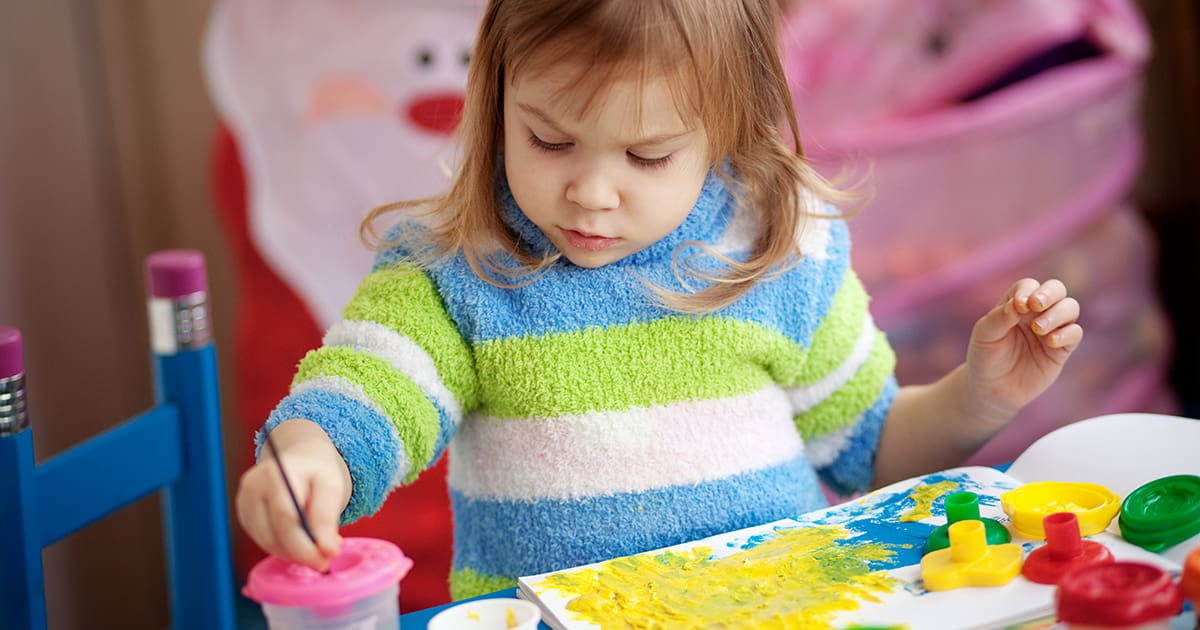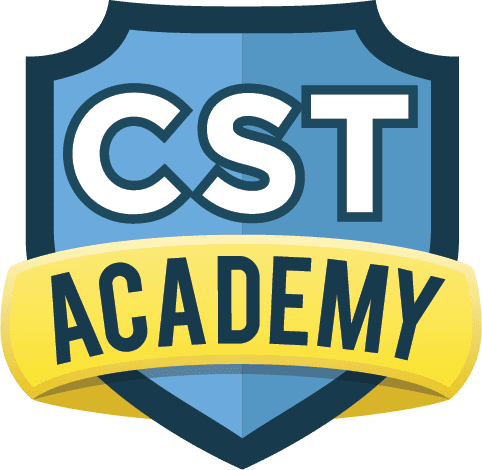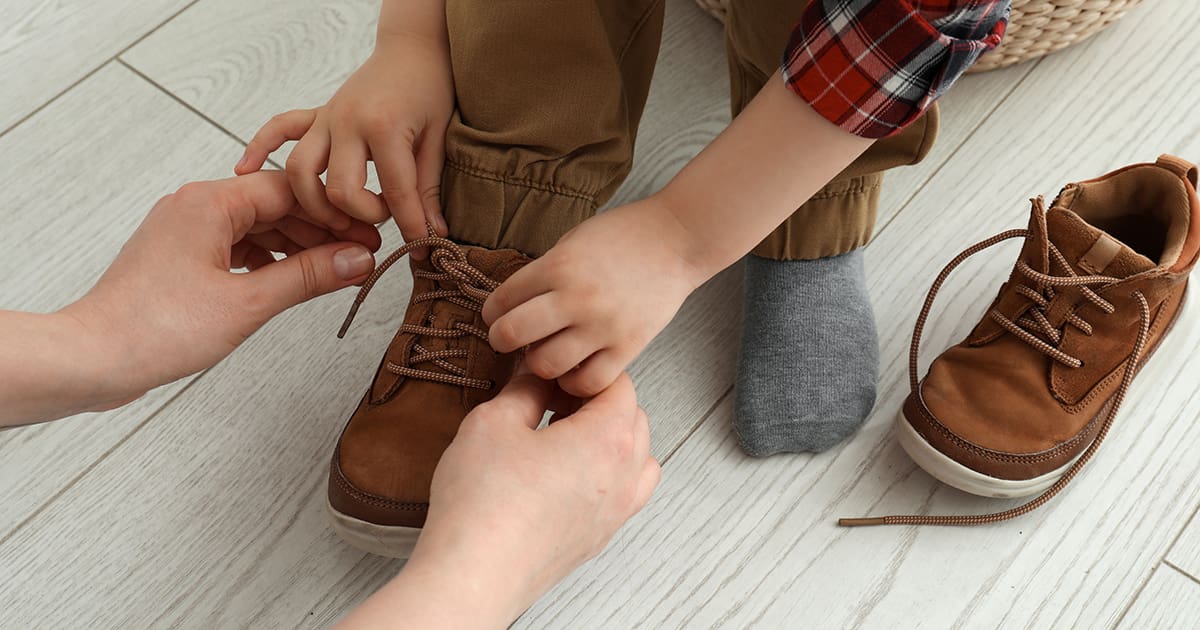Share this Post

Art is a universal language that transcends barriers, offering a unique way for individuals to express themselves, communicate, and explore their creativity. For children with autism, art holds immense therapeutic power, serving as a bridge to self-expression, emotional regulation, and developmental growth. Whether it’s through painting, drawing, or sculpting, art provides a safe and welcoming space for children to communicate their thoughts and emotions in ways that words may not allow.
At CST Academy, we embrace the transformative power of art in our therapeutic preschool programs. By integrating art into our individualized therapies, we help children with autism build essential skills, foster confidence, and connect with the world around them in meaningful ways.
Why Art Is Important for Children with Autism
Children with autism often experience challenges with communication, sensory processing, and social interaction. Art offers an engaging, low-pressure medium that can address these challenges while promoting growth and self-discovery. Here are some of the key benefits of art for children with autism:
- Encouraging Self-Expression
Art allows children to communicate their feelings, thoughts, and experiences without the need for words. Through colors, shapes, and textures, they can share their unique perspective with the world. - Supporting Sensory Integration
Many art activities involve tactile exploration, such as finger painting or working with clay, which can help children with autism process sensory input in a controlled and enjoyable way. - Building Fine Motor Skills
Activities like drawing, cutting, or molding require precise hand movements, strengthening fine motor skills and improving coordination. - Promoting Emotional Regulation
The calming, repetitive nature of many art activities can help children manage anxiety, frustration, or overstimulation, creating a sense of peace and focus. - Fostering Social Interaction
Collaborative art projects encourage children to work alongside peers, share materials, and engage in group creativity, supporting the development of social skills. - Boosting Confidence and Self-Esteem
Completing an art project gives children a sense of accomplishment and pride, reinforcing their abilities and fostering a positive self-image.
Art offers an inclusive, accessible way for children with autism to explore their strengths and discover new possibilities.
How CST Academy Incorporates Art into Therapy
At CST Academy, we believe in the power of art to transform lives. Our therapists use art as a dynamic tool to support children’s growth across communication, sensory, motor, and social domains. Here’s how we integrate art into our therapeutic programs:
- Individualized Art Activities
Every child’s art experience is tailored to their specific needs and developmental goals. Whether focusing on sensory exploration, fine motor skills, or self-expression, we design activities that align with their unique abilities. - Play-Based Learning
Art activities at CST Academy are rooted in play and creativity, making them enjoyable and engaging for children. From painting with brushes to creating collages with textured materials, our activities inspire curiosity and imagination. - Sensory-Friendly Approach
For children with sensory sensitivities, we offer a variety of tools and materials, such as soft brushes, non-toxic paints, and textured papers, to ensure a comfortable and positive experience. - Collaborative Art Projects
Group art activities encourage social interaction and teamwork, helping children practice turn-taking, sharing, and communicating with peers. - Integration with Other Therapies
Our multidisciplinary team incorporates art into speech therapy, occupational therapy, and behavioral interventions, creating holistic opportunities for growth. - Parent Involvement
Families are encouraged to participate in art activities and learn techniques to continue the creative process at home, extending the benefits of art beyond the classroom.
Art Activities That Support Development
At CST Academy, we use a wide range of art activities to promote skill development and self-expression. Here are some examples:
- Painting and Finger Painting
These activities encourage sensory exploration and creative expression while improving fine motor skills. - Sculpting with Clay or Playdough
Molding and shaping materials help strengthen hand muscles and improve coordination, offering a tactile and calming experience. - Collage Creation
Cutting, gluing, and arranging materials into a collage enhances problem-solving skills and fosters creativity. - Drawing and Coloring
Simple activities like using crayons or markers allow children to practice precision and explore colors, shapes, and patterns. - Group Art Murals
Collaborative projects, like painting a large canvas together, encourage teamwork and social interaction in a fun and inclusive setting. - Sensory Art Projects
Activities that incorporate textured materials, such as sand, fabric, or beads, help children engage their senses and build tolerance for new sensations.
Tips for Supporting Art at Home
Parents play an essential role in nurturing their child’s creativity and exploration through art. Here are some tips for incorporating art into your daily routine:
- Create an Art Space: Set up a dedicated, mess-friendly area where your child can experiment with art materials.
- Offer a Variety of Materials: Provide options like markers, paints, clay, and textured papers to encourage exploration and sensory engagement.
- Follow Your Child’s Interests: Let your child take the lead in choosing colors, materials, or themes for their artwork, fostering autonomy and creativity.
- Celebrate Their Efforts: Praise your child’s work and display their creations proudly, reinforcing their confidence and sense of accomplishment.
- Join in the Fun: Participate in art activities with your child to model creativity and strengthen your bond.
Why Families Choose CST Academy
CST Academy is dedicated to empowering children with autism through innovative, individualized therapies that unlock their potential. Families trust us because:
- Our Expertise: Our therapists are highly trained in evidence-based strategies, including art-based interventions.
- Tailored Care: Every child’s therapy plan is personalized to meet their unique needs and goals.
- Inclusive Environment: Our sensory-friendly classrooms provide a safe space for exploration and creativity.
- Family-Centered Approach: We collaborate closely with parents to ensure that progress continues at home and in the community.
A Parent’s Perspective on Art at CST Academy
One parent shared their story:
“Our child used to shy away from anything creative, but CST Academy introduced them to art in such a fun and supportive way. Now, they look forward to painting and even share their artwork with family and friends. It’s been amazing to see their confidence and creativity grow.”
Take the Next Step with CST Academy
Art has the power to inspire growth, connection, and joy in children with autism. At CST Academy, we’re proud to incorporate art into our therapies, helping children discover their unique abilities and express themselves in meaningful ways.
Contact us today to learn more about our programs and how art can support your child’s development. Together, we’ll create a brighter, more colorful future.
Discover Our Pediatric Therapy & Autism Care
ABA Therapy
Support for children with autism.
Diagnostic Evaluation
Expert assessments to identify child needs.
Pediatric Therapy Services
Speech, Occupational, Feeding, and Physical Therapy.
Therapeutic Preschool & Kindergarten
A classroom environment designed for early learners with unique needs.

Find the Best Care for Your Child




